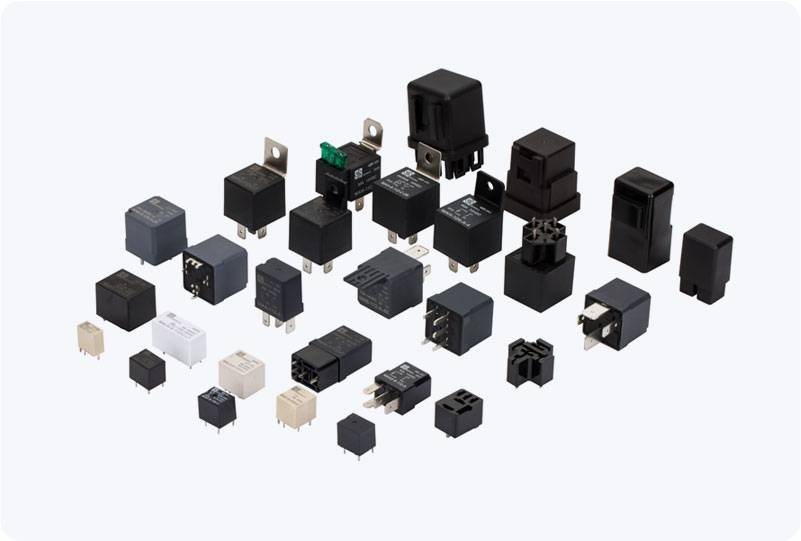Overload relays are vital electrical components that protect motors from potential damage caused by overcurrent situations. These devices are commonly used in various industrial, commercial, and residential applications to ensure the longevity of motors by preventing overheating and potential failure. In this article, we will explore the function, types, working principles, and importance of overload relays in electrical systems.

What is an Overload Relay? An overload relay is a protective device that monitors the current flowing through an electric motor. Its primary role is to detect overcurrent conditions, typically caused by excessive mechanical load or a malfunction within the motor itself, and to disconnect the motor from the power supply before the motor or its components overheat. Overload relays are commonly used in conjunction with contactors in motor control circuits. How Does an Overload Relay Work? Overload relays function by sensing the amount of current flowing through the motor’s circuit. Under normal operating conditions, the current remains within a safe range. However, if the motor experiences a load that exceeds its rated capacity, the current increases, causing a rise in temperature. The overload relay detects this increase and responds by tripping the circuit, which cuts off power to the motor and prevents further damage.
Leave a Reply